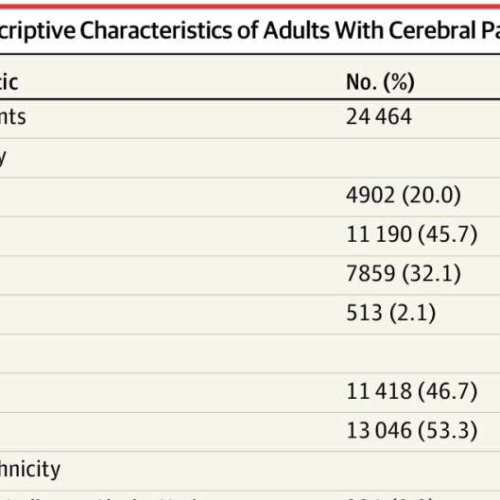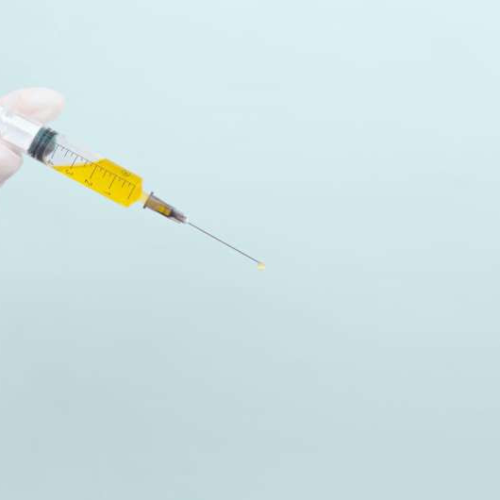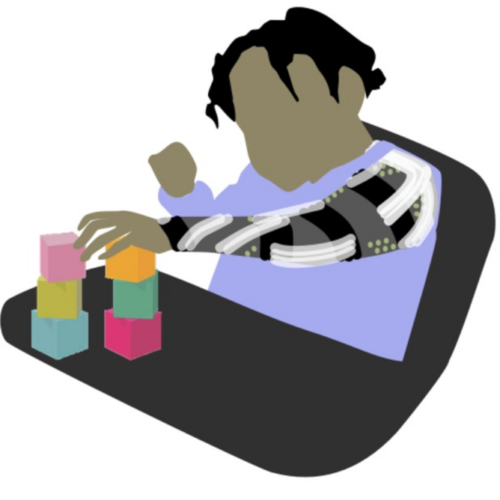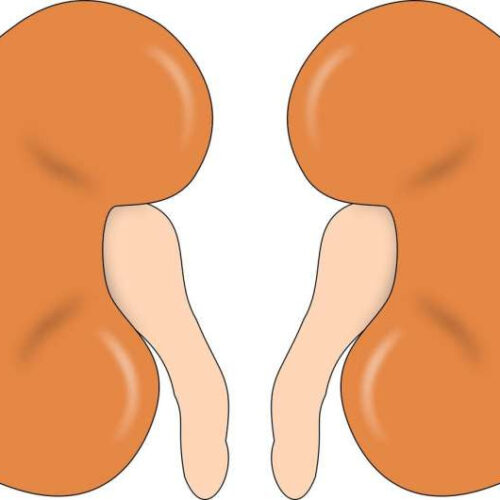by Valerie Goodwin, University of Michigan A boy is supported by his family and care team as a child but feels left with questions as an adult. Credit: Justine Ross, Michigan Medicine In the United States, there are currently more adults living with cerebral palsy than children. Despite this, the Centers for Disease Control and Prevention...
Tag: <span>cerebral palsy</span>
Could caffeine in pregnancy help prevent cerebral palsy in kids?
Experiments in sheep are hinting that doses of caffeine given to women in pregnancy, as well as their newborns after birth, could prevent cerebral palsy. Cerebral palsy is a disabling condition often caused by asphyxia—reductions in oxygen supply—around the time of birth. Asphyxia can cause other neurodevelopmental disorders, as well. Researcher Dr. Emin Maltepe, a neonatologist...
Better understanding cerebral palsy pain types could lead to better treatment
August 7, 2024 by Valerie Goodwin, University of Michigan Descriptive characteristics of adults with cerebral palsy. Credit: JAMA Neurology (2024). DOI: 10.1001/jamaneurol.2024.2443Pain management is an important component of caring for adults with cerebral palsy. However, it’s the least understood comorbidity in the adult cerebral palsy population. A study led by Mark Peterson, Ph.D., M.S., FACSM,...
Botox could make walking easier in children with cerebral palsy
JULY 24, 2024 by Wiley Credit: Unsplash/CC0 Public DomainA randomized clinical trial published in Developmental Medicine & Child Neurology has assessed whether injections of botulinumtoxin-A in calf muscles benefit children with cerebral palsy. “We hypothesized that injections with botulinumtoxin-A in the calf muscles would make walking easier, caused by improved ankle joint functioning following spasticity...
Robot sleeves for kids with cerebral palsy
UNIVERSITY OF CALIFORNIA – RIVERSIDE IMAGE: CONCEPT ILLUSTRATION OF THE PROPOSED ROBOTIC GARMENT. CREDIT: JONATHAN REALMUTO/UCR UC Riverside engineers are developing low-cost, robotic “clothing” to help children with cerebral palsy gain control over their arm movements. Cerebral palsy is the most common cause of serious physical disability in childhood, and the devices envisioned for this...
Medical student designs a digital solution to help kids with cerebral palsy
Stanford medical student Blynn Shideler created a wearable device for children with cerebral palsy that could provide therapy for young patients everywhere. Medical student Blynn Shideler arrived at Stanford with an award-winning health device – and every intention of improving it. The device addresses a need in the cerebral palsy community. Children with cerebral palsy...
Rethinking Cerebral Palsy Origins
Study uncovers genetic causes in up to one quarter of patients. Cerebral palsy, or CP, has widely been viewed as the result of perinatal oxygen deprivation or other birth-related factors like prematurity. “In CP, the first thing that comes to many physicians’ minds is birth injury or asphyxia,” said Siddharth Srivastava, assistant professor of neurology at Harvard Medical...
Contrary to the common view, cerebral palsy can be genetic
by Children’s Hospital Boston Credit: CC0 Public Domain Cerebral palsy, a non-progressing motor impairment that begins in early childhood, has widely been viewed as the result of oxygen deprivation during birth or other birth-related factors such as prematurity. While this is true for many children, new research from Boston Children’s Hospital finds that as many...
Kidney disease is a problem for cerebral palsy patients. Why are doctors missing it?
by Noah Fromson, University of Michigan Credit: CC0 Public Domain Cerebral palsy and kidney disease can be deeply intertwined. In childhood, the effects of the neurodevelopmental condition—like decreased physical activity and urologic dysfunction—are risk factors for kidney disease. The adverse relationship continues through adulthood as those with cerebral palsy often have high blood pressure, another risk for developing kidney problems. What’s more, a recent Michigan...
Large doses of intensive therapy better for children with cerebral palsy, multi-university study finds
IMAGE: VIRGINIA TECH THERAPIST AND RESEARCHER DORY WALLACE HELPS A YOUNG SUBJECT USING INTENSIVE THERAPY THAT LOOKS A LOT LIKE PLAYTIME. WITH GAMES AND TOYS, CHILDREN LEARN TO USE THEIR BODIES AND GAIN MOTOR SKILLS AND COORDINATION WHILE COMPLETING FUN TASKS. THE TECHNIQUES ARE BUILT ON THE GROUNDBREAKING RESEARCH AND DISCOVERIES AT THE FRALIN BIOMEDICAL...





